When the Tesla Model 3 was in pre-production, Tesla promised it would be many things. These included having a price of $35K (nope), offer a very low cost of ownership (OK), and being extremely safe (sure). These are attributes that any great family car should have. However, they are not the only attributes a great family vehicle should have. Here is our analysis of the Tesla Model 3 as a family vehicle.
What Is A Family? What Is A Family Vehicle?
We see red flags everywhere related to the question, “what is a family?” Our general opinion is that a family is any group of people who consider themselves a family. However, when it comes to vehicles, the term family generally implies some things we will adopt for the basis of our story. First, a family involves children. Second, that a family vehicle is one that has attributes that make it more practical day to day than say, a Kawasaki Ninja.
Another important consideration is the family fleet. In a family with two adults and one child with three different types of vehicles, it is hard not to say that a Tesla Model 3 would be an ideal part of that mix. For this story, we are going to ask a more specific question. Is a Tesla Model 3 a great family vehicle if it is the primary vehicle and if the family has children? Here we go:
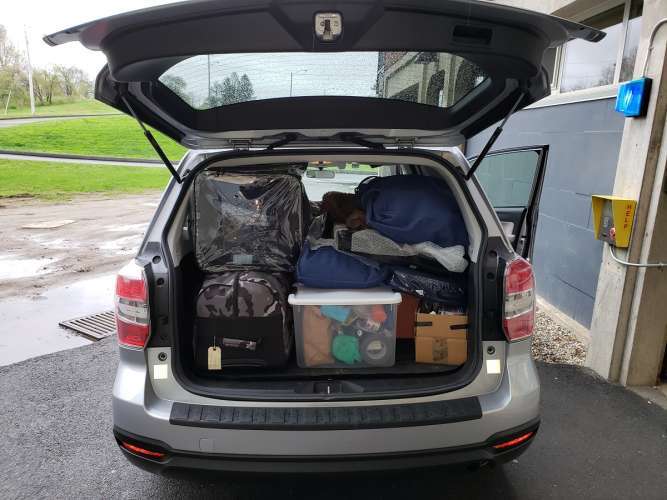
Tesla Model 3 Cargo Capacity
If there is a single area where the Tesla Model 3 fails the family-vehicle test it is cargo capacity. This has nothing to do with the Model 3 being a Tesla and everything to do with being a relatively small sedan. With just 15 cubic feet of cargo capacity (including its frunk), the Model 3 offers less than half the cargo space of a Honda CR-V crossover with its rear seats up and occupied. A CR-V, which tops out fully-loaded under $35K, has 39 cubic feet of storage with all five seats occupied and a whopping 76 cubic feet of space when the second row is folded down (yup, that is a Forester in the image above).
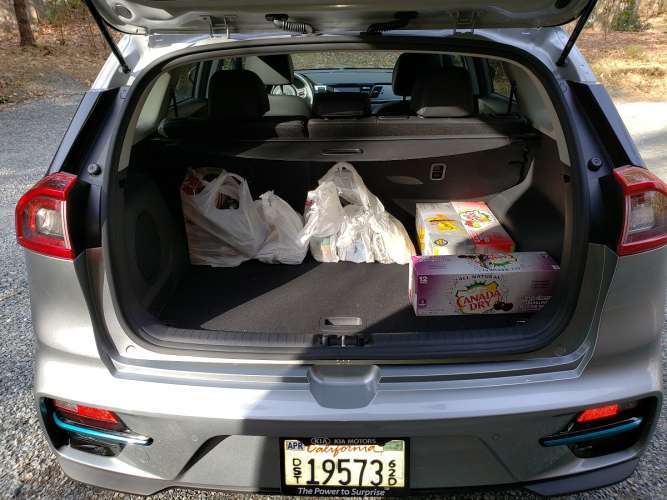
Even other electric vehicles the same size of the Model 3 have dramatically more cargo space. For example, the Kia Niro BEV or Hyundai Kona BEV. The Niro has 19 cubic feet of cargo with all its seats occupied and 54 cu ft when the rear seats are folded. Why does this matter? You are only asking this if you don’t have kids. Hockey bags, banana strollers, baby joggers, bikes, etc. etc. Cargo space matters and the Model 3 has less than comparable EVs and way less than crossovers priced far less.
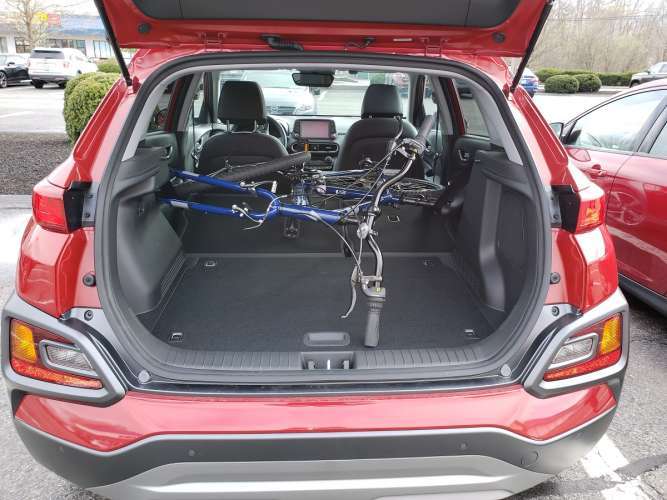
Tesla Model 3 Safety
The Model 3 is easy to call safe. We will know more in late August when the Model 3 IIHS evaluations are published, but from a safety standpoint, the Tesla Model 3 gets a thumbs up on safety from us until someone proves otherwise. Unless the Autopilot system is being used incorrectly. Of course.
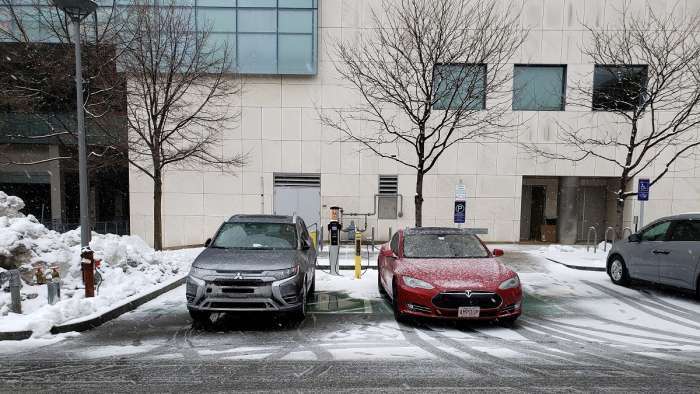
Tesla Model 3 Initial Price and Long-term Affordability
From an initial price standpoint, the Model 3 gets a thumbs down as a family vehicle. For its 97 cubic feet of passenger space, its entry price tag of just over $40K with zero options is just dumb for any family on a budget to consider. There is just so much more vehicle available in that price range. Take the Mitsubishi Outlander PHEV. It starts at about $37K before incentives and those incentives are much greater in value than the Model 3’s. In cold months, range drop and increased charge times is not a big deal, since the Outlander PHEV does not rely solely on batteries for range. With a 74 MPGe rating, it is the lowest cost to fuel crossover its size under $40K. Its 10-year, 100K warranty also means its repair costs won’t be surprising. Sure the Outlander PHEV is unusual. Trailblazers always are.
Compared to other premium/performance compact/midsized sedans the Model 3 does offer good affordability. But what does that segment have to do with family vehicles?
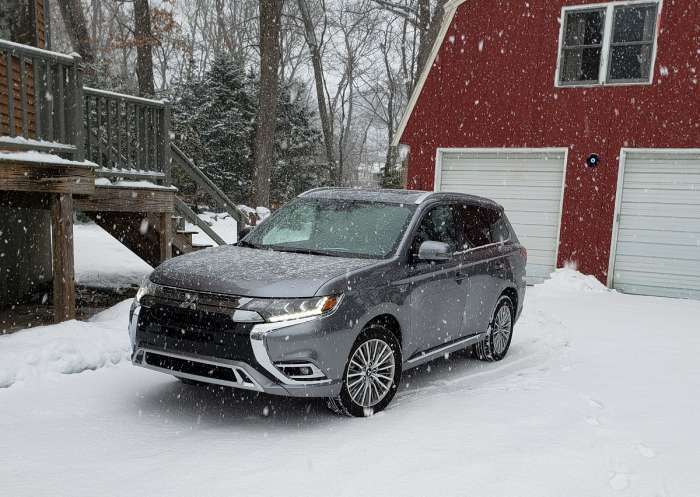
Tesla Family-Friendly Attributes and Features
There are a few demerits for the Model 3 when it comes to family-friendly features. First up, no spare tire and no run-flats. So if your family has a tire damaged, it will likely mean being towed and your family heading home in an Uber. Although spares are going away in many specialty vehicles, every top-selling family vehicle in America still has one (Every truck model, CR-V, RAV4, Rogue, Odyssey, Accord, Camry etc).
Range is also an issue for many. Now, rather than give you our opinion on this, we will refer readers to Green Car Reports’ Content Editor’s recent story on why a BEV can’t fully replace a gas-powered car in a parent’s world. Short summary – You need to be able to go when the kids are sick and not be challenged with charging worries. This is a Tesla-specific issue. Other types of EVs such as PHEVs and EREVs have the ability to travel as much as 700 miles with 10 minutes of refueling. That can matter in real-world situations involving families.
Since the Model 3 is a sedan with a low seating position, the Model 3 is a poor choice for those families who will be using car seats or even boosters. Bending and twisting to buckle in kids is no fun. Crossovers have a big advantage here, which is why they have become the top choice for most families.
Our Take – Tesla Model 3 As a Family Vehicle
As a second vehicle in a family that also has a minivan, truck, crossover, or SUV, a Tesla Model 3 would be ideal for a family that can afford a premium vehicle’s up-front costs. It is safe for its size, offers the promise of low long-term maintenance costs, and as a green vehicle, the Model 3 has a low cost of energy.
However, as a primary or only family vehicle, the Tesla Model 3 has serious drawbacks compared to other options. Cargo, price, parent-friendly features like child loading and even the lack of a spare tire are all areas in which the Model 3 is not a good choice as a primary family vehicle.
Tell us your opinion in the comments section below. If you are a parent shopping for a primary family vehicle, what things do you put at the top of your needs and wants list?
Related Story: Tesla Model 3 Standard Range Plus vs. 2019 Kia Niro BEV – Surprising Similarities & Stark Contrasts. See you in the next story titled: 2019 Audi e-tron Earns Top Safety Pick Plus Rating From IIHS Ahead Of Any Tesla Model.
You can follow John on John Goreham Twitter, Facebook and Linkedin.








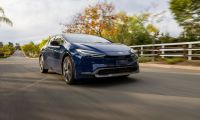
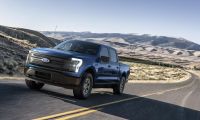

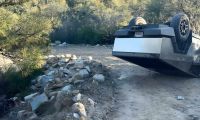

Comments
The first point that I think
Permalink
The first point that I think about with your analysis is how many families with kids own only one car? You make a fair case that many families will choose to buy a crossover, pickup or SUV for their bigger space needs. For Tesla, that is why they offer the Model X, and why they are coming out with the more affordable Model Y within a year. But for those of us who already own a SUV/CUV then we do not need another one for the second/third car. As far that EV range for the Tesla goes, I do not think that it is a big concern for most buyers especially with the latedst batch of long range EVs. In the end, most owners of EVs just charge up overnight to replenish the electricity used in a given day. I am not sure how important the spare tire is these days. Years ago you needed a spare because tires were not always reliable, or puncture resistant, and you didn't have tire pressure sensors, and you didn't have cell phones to call for help, or built-in OnStar for roadside assistance. In my previous Chevy Volt (which has no spare) I did get two flat tires, and I saw the tires pressure drop in real time, and then I got a call on the car's audio system from someone from OnStar who got a warning of tire pressure loss. They asked if I needed assistance, and when I said yes they said that they had already contacted a tire reseller who was 1/4 mile away and confirmed that they had the correct replacement tire for my car in stock. And they knew that I has AAA towing and they called them with my current location and gave them directions to the nearby tire reseller. Surprisingly, it was 30 minutes before I was sitting at the tire place waiting for my new tires to be installed. The first time I was surprised at how easy they had made this process that would have been a real pain to happen in my youth. I have to wonder how many people these days know how to change a tire themselves at all. So all in all, I think that a Model 3 would make a fine family car as long as the family doesn't have the specific requirements shown above, and the upcoming Tesla Model Y should satisfy most of those with CUV needs as well.
That is a fantastic OnStar
Permalink
In reply to The first point that I think by DeanMcManis (not verified)
That is a fantastic OnStar story. Worthy of a published account. When I was with my family this past April we toured a bunch of National Parks in the West. We were often hours from anywhere (in a rented Rogue). A flat there would have been a serious issue. The last flat we got that caused us problems was in a BMW X3. It was Sunday. Dealer was closed. Only open local tire shop did not have the run-flats in stock. Distant tire shop did not have the run flats in stock. We ended up burning a workday getting the tire late Monday. My story about that is the top-performing I have ever penned at any publication.
I'm sorry Jhon but you are
Permalink
I'm sorry Jhon but you are not quite correct. You blindly make assumptions looking only at the numbers ,post a few images without reviewing in person the model 3 .
The reality is that 15 cu ft is *not* the combined cargo space like everybody assume but only the trunk , if you measure it plus add the underfloor and the frunk you will manage to calculate an usable space of a bit abouve 19 cu ft you will also find out that is has actually a bit more space than the e-Niro 18.5.
This is a common problem with the SAE measuring system : it measures all the volume from the floor up to the roof, while european VDA does measure up to the usable space un to the top of the parcel. In fact if you look at the euro spec you will see Model 3 has more space than the Kona, Niro and just a bit less space than the 2019 CR-V .
Of course i still believe that the model 3 being a sedan is less flexible than an Hatchback SUV if ,for example , you want to stuff you car to the brim or want to carry a dog or move a furniture, but aside of that ,real data at hand it's one of the most spacious car of it's category and while not tremendously versatile , you can do some medium, long range trips with 4 adults or 2 adults and 2-3 kids with ease.
Pikkoz, You may not realize
Permalink
In reply to I'm sorry Jhon but you are by pikkoz (not verified)
Pikkoz, You may not realize it, but I drove a media testing vehicle Kia Niro BEV to the Tesla Dedham Mass store, parked it next to a Model 3, went over the Model 3 closely in person and I drove the Model 3 back to back with the Niro. Any person seeing the cargo space of these two vehicles parked side by side can tell the Niro is bigger and more practical with regard to cargo capacity. The Model 3 has a conventional trunk and its little frunk. The entire inside of the Niro can be opened up for use as cargo volume. The Model 3 is an amazing vehicle. Best in class. But that class is not the compact family car class.
Actually it is squarely in
Permalink
In reply to Pikkoz, You may not realize by John Goreham
Actually it is squarely in the compact family car class, but it is not in the Compact Utility Vehicle (CUV/SUV) class, which the Model Y should address for those people who have those specific needs.
I'm actively in the market
Permalink
I'm actively in the market for a compact family suv. Or any good family car. It's got to be an EV because we have a plug and we're tired of the PHEV model (they're never efficient and they feel cramped because they have a gazillion parts, also they can be a maintenance nightmare...).
In the past couple of weeks I test drove the model Y (twice), the model 3, the audi Q4 etron and the Ioniq 5 (I might still test drive the EV6 and the Niro).
I do think some of the other comments about cargo size are right though. The Niro (the new one, you have pictures of the old one) and the Ioniq5 have very similar trunks. They are tiny ! The hatchback is great for access, no question about it but the trunk floor is very high (poor battery placement) and the slope of the hatch is very steep down. That means bulkier items (strollers etc.) will only fit pushed way back against the back seats. Pictures and numbers are deceiving, the hatch door of the ioniq5 and Niro really eat away at the usable space.
Small items to the front of the trunk, medium items pushed to the back is the best you can do... Really, I was disappointed.
At least the M3 has a fully usable square space, even if the trunk access is restricted. The Q4 is a nice solution too in between model Y and model 3, but it gets expensive quick.
I guess my point is, the M3 does not lose to cars like Ioniq5 or Niro as much as you point out. If you transport luggage and bags mostly, I actually think you'll fit more of them in the M3.
For the anecdote we loved the Ioniq5 and were ready to declare it a winner until we checked the boot and we could not believe how small it is with 0 under floor storage.
For a car this size, just not acceptable.
The model Y is a dream for families. I've never seen so much cabin and cargo space in car that's not a van. It has great underfloor storage where you can put stuff you always carry (snow chains, cables, wet wipes, diapers...) to free up the main trunk.
If it's too expensive or in our case, potentially too big for our garage, I think the M3 is really not such a bad alternative. If you factor in the supercharger network, I think it beats the Ioniq5, Niro etc. as a familly EV.